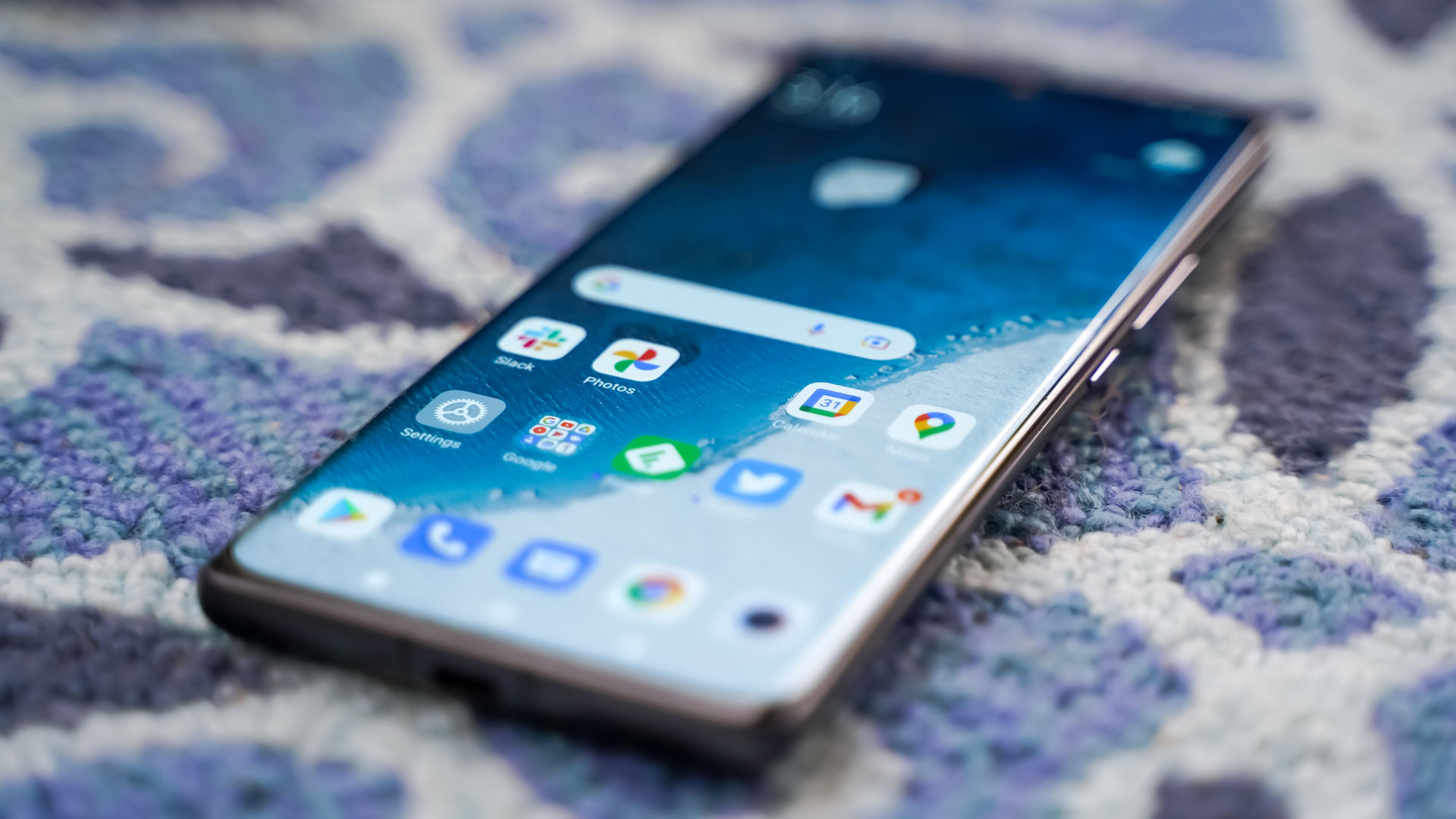MIUI has some annoying issues, but here’s how to fix them
Eric Zeman / Android Authority
Xiaomi’s MIUI has long been one of the most feature-filled Android skins around, introducing a variety of cool tricks and tweaks before stock Android and other skins adopted them. But you can certainly have too much of a good thing.
The Android skin is still a hit-and-miss experience in terms of aesthetics. It’s a long way from pure Android and takes cues from Apple’s style sheet. However, recent versions of MIUI also have more than their fair share of annoyances and odd design choices, especially when compared to other takes on Android. Thankfully, most of these problems can be fixed. Here’s our list of common MIUI gripes and how to address them.
Split notification shade and quick settings
It’s a rather infuriating change from the long-standing convention of a combined notification shade and quick settings menu. This definitely feels like a change for change’s sake rather than a helpful one.
Fortunately, you can return to this legacy layout by visiting settings > notifications and control center > control center style. From here, simply choose “old version” to return to a unified notification shade and quick settings menu.
The scanning screen for new apps
Xiaomi’s default behavior for installing apps is a little weird. Once an app is downloaded from the Play Store, an interstitial screen pops up. This screen is related to Xiaomi’s malware scanning feature, but we’ve also seen it used as an opportunity to serve ads on some older Xiaomi phones. It’s definitely one of the biggest MIUI annoyances out of the box and seems redundant anyway, given that Google Play Protect already exists.
Recommended: The best antivirus apps and anti-malware apps for Android
You can go ahead and disable this scanning feature and the resulting screen if you’re happy with Google’s own malware-scanning capabilities. To do so, simply visit security > settings > security scan. From here, you’ll want to look for “scan before installing” and turn this toggle off.
Heavy-handed battery optimizations
Xiaomi is one of many OEMs engaging in aggressive battery management to eke out more juice. This behavior can, unfortunately, have a side-effect of killing background apps or delaying notifications. In fact, developer resource Don’t Kill My App gave Xiaomi four thumbs down out of five (only behind Samsung and OnePlus) for aggressive battery management.
More reading: Charging habits to maximize battery life
This is a common problem for a few Android devices, and can thankfully be addressed in MIUI. Visit settings > battery and then tap “battery” at the top (next to “battery saver”). From here, you’ll need to tap “app battery saver” and visit your desired app. You’ll then be presented with a number of background settings — go ahead and choose “no restrictions.”
There are some apps that work just fine when the default “battery saver” behavior is enabled. But we’d recommend removing any restrictions for messaging apps, music players, and any other apps that rely on notifications or constant background functionality — or monitoring them to make sure they’re working correctly with restrictions.
System ads
Xiaomi was one of the first major manufacturers to implement ads on its phones, allowing it to make more money by displaying ads in various pre-installed apps and system menus. This is definitely one of the most prominent MIUI annoyances, especially if you spent plenty of cash on a higher-end phone. There are, however, a few ways to turn them off.
Related: How to remove ads on Xiaomi phones with MIUI
One way to turn most system ads off in MIUI is to effectively disable the MSA system app (MIUI System Ads). This can be accomplished by visiting settings > passwords and security > authorization and revocation. From here, you need to look for the “MSA” app and toggle it off.
You’ll also need to disable ads in Xiaomi’s own pre-installed apps, such as the security app, music player, video player, file manager, and more. This can usually be done by visiting the settings menu in the relevant app and then turning off the “show ads” toggle.
No app drawer by default
Xiaomi’s recent phones offer the option for an app drawer on setup, but it defaults to no drawer if you somehow missed this option during the setup process. Fortunately, this can be changed by visiting settings > home screen > home screen, and then tapping “with app drawer”.
More customization coverage: The best Android launchers to make your home screen perfect
What if you’ve got an older version of MIUI that lacks an app drawer, though? That’s where the Poco Launcher comes in, as the Xiaomi-affiliated brand has released its launcher on the Play Store and it indeed offers the app drawer by default.
Are there any other MIUI annoyances that you immediately fix when setting up a Xiaomi phone? Let us know via the comments below.
For all the latest Technology News Click Here
For the latest news and updates, follow us on Google News.

